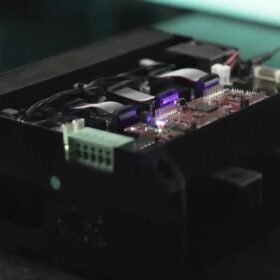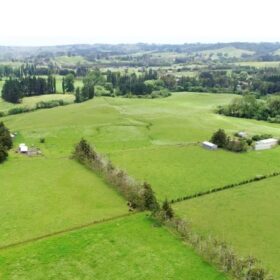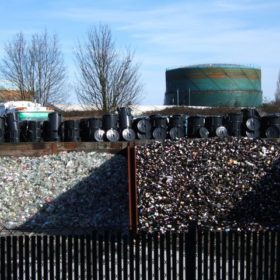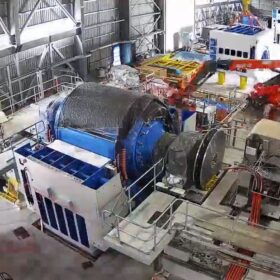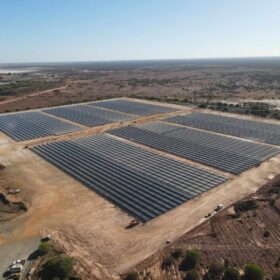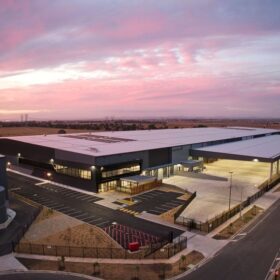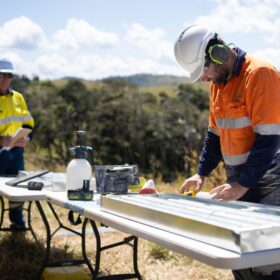CSIRO partners with Google to prototype grid-forming inverters
Scientists from Australia’s national science agency and the electricity research and development arm of Google have developed a new ‘smart’ inverter they claim is almost twice as fast and about 50% more efficient than existing commercial inverters.
Sigenergy launches new energy storage solution for C&I segment
Chinese manufacturer Sigenergy has launched a new modular energy storage solution that combines a hybrid inverter and battery pack with a built-in energy management system. The inverter series offers a range of power options from 50 kW to 110 kW.
Singapore fund acquires solar developer in New Zealand
Singapore-based renewable energy fund manager SC Oscar has purchased New Zealand solar project developer Rānui Generation as part of its strategy to build a portfolio of renewable energy assets in New Zealand and Australia.
AGL partners with Elecsome on solar panel recycling plan
AGL Energy has teamed with solar panel recycler Elecsome to explore the development of a PV materials recovery facility at the site of the coal-fired Bayswater power plant in New South Wales, Australia.
Australian grid operator to boost system strength with synchronous condensers
Transgrid – the owner of the power grid in New South Wales, Australia – aims to roll out up to 14 synchronous condensers and 4.8 GW of batteries with “grid-forming” capability to stabilize the electricity grid as coal-fired power plants retire and more renewables come online.
Australian capacity tender flooded with 40 GW of renewable energy projects
Australia’s first national Capacity Investment Scheme auction has been inundated with expressions of interest, with the federal government revealing that investors have tabled 40 GW of new renewable energy generation projects such as wind and solar.
Modular solar solution helps mining operation shift to renewables
Modular solar specialist 5B’s pre-assembled and relocatable Maverick solar solution has been unfolded in another off-grid hybrid renewable energy project as the decarbonisation of Australia’s mining sector continues.
Warehouse rooftop solar, batteries could unlock 28 GW in Australia
Nexa Advisory says sluggish rooftop solar and battery storage uptake by businesses in the Australian state of New South Wales points to a 7 GW missed opportunity, and 28 GW nationally.
Australia adds 9.6 GWh pumped hydro project to pipeline
The pipeline of pumped hydro storage projects in the Australian state of Queensland continues to grow, with Victoria-based renewables company BE Power announcing plans to develop an 800 MW/9.6 GWh project at Mount Alma near Gladstone.
Troubled solar-wind-storage park finally reaches full potential in Australia
After a six-year delay, the 60 MW Kennedy Energy Park in Australia – hailed as the nation’s first fully integrated, utility-scale solar, wind, and battery project – has finally achieved full commercial operations.

